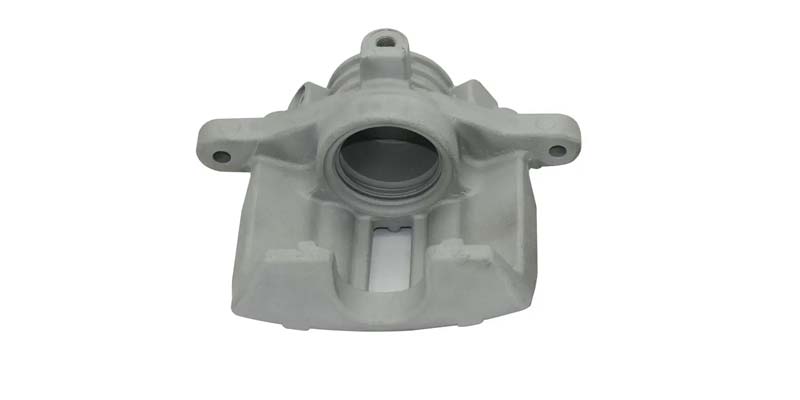- Contact Innally, Let you purchase forgings in China more favorable prices, products more assured!
- Hotline:+(86)15038323776 Email:innally@innally.com
What is the production process of thermal forgings?
- Category: Aluminium alloy forging, Nuclear power forging
- |
- Date: 25/10/2023
It should be noted that the production process of thermal power forgings requires strict quality control and management to ensure that the produced forgings meet quality requirements and safety standards. At the same time, the production process also needs to pay attention to environmental protection and resource utilization and other issues.
Product Details
The production process of thermal power forging mainly includes the following steps:
Material preparation: Prepare the metal materials to be forged, such as ingot, steel, etc.
Melting: melting the metal material into a liquid state for subsequent forging.
Forging: The melted metal is poured into the forging mold, and plastic deformation is carried out by forging, extrusion, etc., to form the required shape of the forging.
Heat treatment: The forging is heated or cooled to change its internal structure to achieve the required mechanical properties and hardness requirements.

Machining: Mechanical processing of forgings, such as turning, milling, etc., to obtain the required dimensional accuracy and surface roughness requirements.
Inspection: Quality inspection of forgings, including appearance inspection, dimensional accuracy inspection, non-destructive testing, etc., to ensure that they meet the design requirements and relevant standards.
Packing: The forgings that pass the inspection are packed to protect their surface quality and prevent damage during transportation.
It should be noted that the production process of thermal power forgings requires strict quality control and management to ensure that the produced forgings meet quality requirements and safety standards. At the same time, the production process also needs to pay attention to environmental protection and resource utilization and other issues.
nannan
INNALLY mainly provides you with various types of cast and forged parts products. Welcome your inquiries! innally@innally.com
Related Products
Search
Forging center
- Steel forgings
- Aluminium alloy forging
- Titanium alloy forging
- Stainless steel forging
- Copper forging
- Automotive forgings
- Locomotive forging
- Bicycle forgings
- Motorcycle forging
- Rigging and fasteners
- Bearing forging
- Electric power fittings
- Marine forging
- Mechanical forgings for metalworking
- Mining machinery forgings
- Marine engineering forgings
- Construction machinery forgings
Popular product

© 2025. All Rights Reserved.






